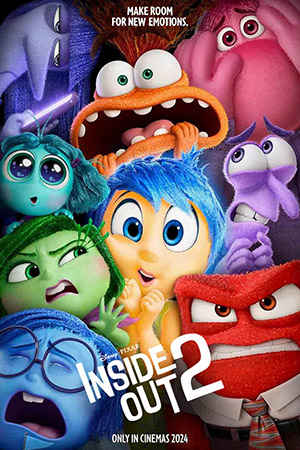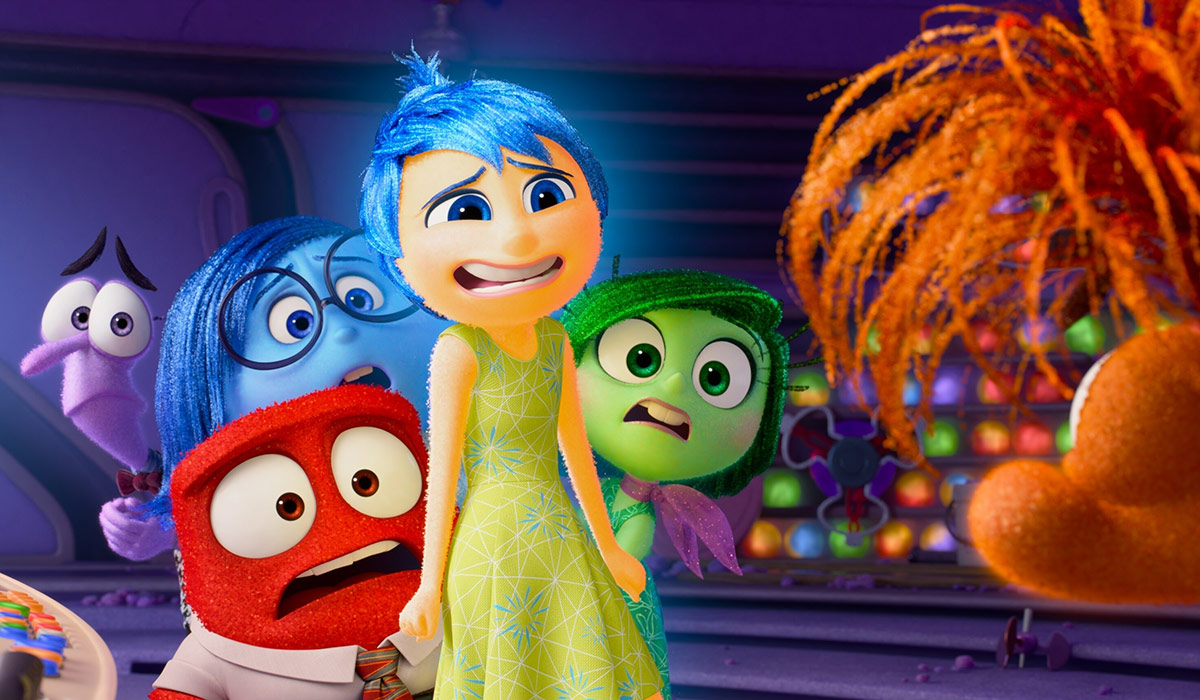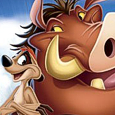I’ve got a confession to make: I didn’t love the original Inside Out as much as most other people did. Scandalous, I know! No, I don’t think it’s a bad movie at all. It’s actually very good. But I thought the universal acclaim was a bit much. When everyone else is calling it one of the best of all time, thinking it’s “just” very good is an outlier. Looking back now, the mid-2010s was when a lot of the major animated studios started going down hill, so maybe Inside Out was seen as reminder of the early 2000s when animation was in an upswing and people were overly excited to hope things might be heading back in that direction. However, I think if it had come out a decade earlier it would have been thought of as more on the bottom end of the scale with Pixar heavyweights like The Incredibles, Finding Nemo, Wall-E, Up, and Ratatouille. That’s still amazingly good company, of course. But with the release of Inside Out 2, I was hoping Pixar could fix some of the minor issues I had with the first outing nine years later.
Two years after moving to San Francisco, Riley is now thirteen and is much more content in her new home town. In her mind, Joy leads the other emotions, Sadness, Fear, Anger, and Disgust, as they work together to help Riley with a new aspect of her personality that has recently formed: her sense of self. But as Riley prepares for her upcoming move to high school, new emotions appear and cause havoc as she hits puberty.
One of the things I hated with Inside Out was not really corrected in the sequel. I understand that writers are making up all the different ways to get their characters out of the situations they put them in. But they have to seem plausible or earned or else it comes across as a cheap way out. I feel like in the two Inside Out films, the writers had too many conveniently easy solutions for the characters since they could just make up whatever they wanted since they were creating the world of Riley’s mind up themselves. “Oh no, it’s a dead end! But wait, we can just cut through this opportunely placed short cut that will take us directly where we just happen to need to go!” If you do it once, OK, it’s your world, that’s fine. When it happens over and over, you’re kind of cheating.
However, I’m happy to report that the things that people loved about the first film have been successfully carried over to this one. The realistic portrayal of the emotions of a child especially when it relates to growing up and dealing with life changes, the sophisticated but not overly complicated metaphors on the psychology of how our minds and memories work, and the fun interplay between the different aspects of our personalities. As Riley’s feelings begin to get more intricate as she reaches puberty, new emotions get brought into the story. The interactions between the simpler older emotions and the more complex newer emotions, while difficult for the characters themselves, make for a deeper and more interesting story for us as an audience. Also, kudos to Pixar for not overwhelming us with lots of new emotions, and keeping it down to a reasonable number.
One thing I really enjoyed in this second film was getting to spend more time with Riley herself. In the first part she almost felt like a puppet of the emotions, only called upon for reaction shots to what they were doing. In the sequel, with her sense of self now developing, she’s no longer a child controlled by her emotions but, with her beliefs now guiding her, actively fighting against her emotions when she doesn’t find them appropriate. One scene in particular, that I won’t spoil here, was very tense as we watched Riley basically fight herself as she tried to figure out the right course of action. She’s not all the way there yet, but it is a cool evolution to see and a very clever story point.
I was worried when I heard new actors would be taking over for two-fifths of the original emotion team, but there was no need. Tony Hale as Fear and Liza Lapira as Disgust slip seamlessly into their new roles. Lewis Black as Anger and Phyllis Smith as Sadness likewise have no trouble picking up where they left off in the first film. And Amy Poehler as Joy, who perhaps was a little too one-note in the original, gets a chance to shine here with a more wide-ranging performance. Voicing new characters, Ayo Edebiri as Envy, Adèle Exarchopoulos as Ennui, and Paul Walter Hauser as Embarrassment have no issues fitting right in. But the standout performance by far is from Maya Hawke as Anxiety. Due to the needs of the story, she almost carries the film by herself and is more than up to the challenge.
I’m surprised, but pleased, to say that I actually liked Inside Out 2 more than the original film, which is a rare occurrence! While I wish the story had had a few less contrivances, overall it was deeper and more emotionally satisfying than the first, and I really liked the performances. And it brings me a lot of joy to see a well-done and polished Pixar film back in theatres.
 | Inside Out 2 Pixar June 14, 2024 96 minutes rated PG directed by Kelsey Mann | |














Anyone who denies that is paid by Disney.
(Also, no one here is paid by Disney)
We've been on this merry-go-round before as well: despite what we think, the photorealism, production techniques and Disney's own categorising mark The Lion King as a "live-action" picture. We may not agree with that, or even like it, but that's why it's not included in the animation list of grosses.
And Farerb is right: Snow White for the win (and Gone With The Wind over Avatar!). You can't beat inflation!
BTW, Disney does plenty wrong...Frozen II and aforementioned Lion King remake for starters...!
(And yes, Dace, we know you liked FII, and so did around half a billion other people, before they realised what they were in for, but that doesn't make it good!)